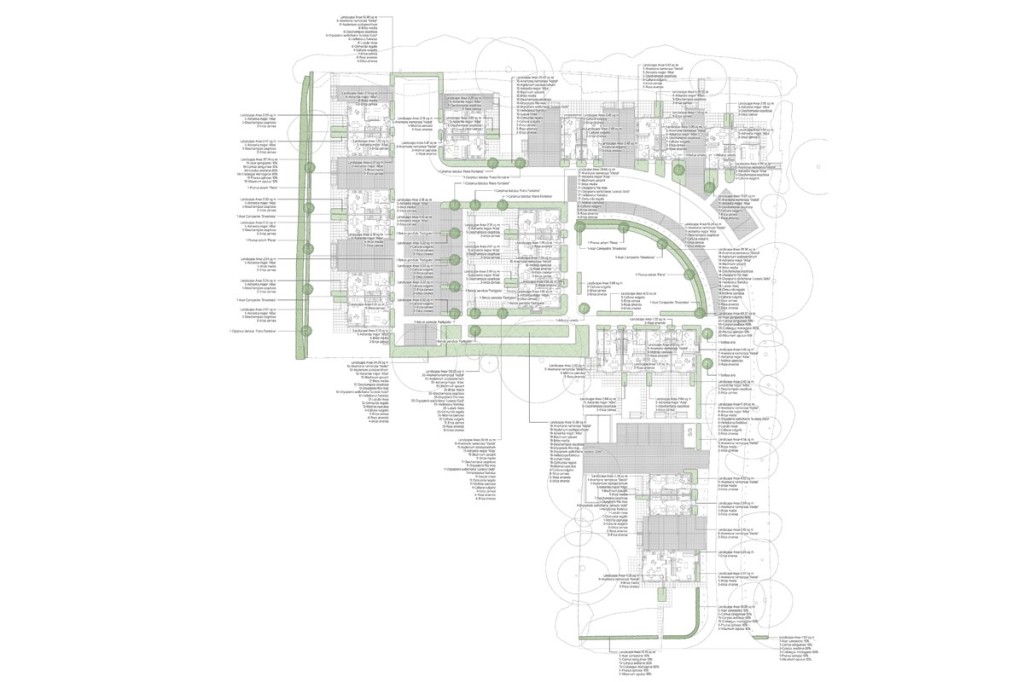Biodiversity Net Gain. What is it all about? You may or may not be aware, but last year, the 2021 Environment Act was passed and along with it a new planning condition that we all have to meet. It doesn’t matter whether your proposed development is a single dwelling or a 300 home estate, the submitted proposal will have to hit a target of 10% diversity net gain.
We are currently mid way through a 2 year implementation period, which allows everyone to work out what is exactly needed to get the proposals through planning. However, most councils are already expecting that all new proposals are hitting the 10% biodiversity net gain.
What does this mean for our planning application? Well, each submission, prior to approval, will have to hit the new planning condition. This will include a Biodiversity Net Gain plan which will support a detailed landscape plan and planting plan. This detailed new plan must include all the values of the natural habitats that are already existing on site and what you are proposing for the new site.

The 10% net gain is measured by the DEFRA Biodiversity Metric which has been produced by the Secretary of State. However, there are some occasions when not all of this can be achieved on site. There is an option where you can agree with the planning authority to an off site compensation. This is where the compensation will be used on a designated green space to develop the habitat and biodiversity further.

Is there any exemptions to this rule? Yes, if your development falls under permitted development, which is a larger single storey rear extension subject to a ‘Prior Approval’ process of up to 8m on a detached house and up to 6m on any other house. The net gain is also exempt if the site is on a brownfield site, but that is under specific criteria. Urgent crown developments or any other project that are put forward by the Secretary of State, Nationally significant infrastructure projects such as railways, marine development (this is to be a separate condition) are also exempt from this condition. Irreplaceable habitats, which includes sand dunes or ancient woodlands, are not included as developments are highly unlikely to occur in these locations.
How can we help? 9 times out of 10, you will need a landscape designer to aid you in your submission by including a detailed landscape plan, but we have the knowledge, expertise and experience to help you hit the 10% net gain. There are a numerous amount of tips and tricks that we use in our landscape plans which help increase the biodiversity throughout the proposed site. A couple of features that we have been including in our landscape plans for a number of years is, when there needs to be a hedge specified, if possible, try and include a fully native hedge. This will encourage nesting birds and foraging animals to the location. Lawns are surprisingly or unsurprisingly are of very low value when it comes to biodiversity enhancement. We at The Landscape Service, when it is possible, try and specify a wildflower turf as this will attract more pollinators, native insects, birds and other animals compared to your standard turf.

By coming to the landscape service to assist you on your planning needs, we have the knowledge and expertise to not only help you gain the planning permission that you need but we can also save you money. This is because of the vast experience that we have in completing landscape plans and assisting in the biodiversity net gain over the past 5 years.


